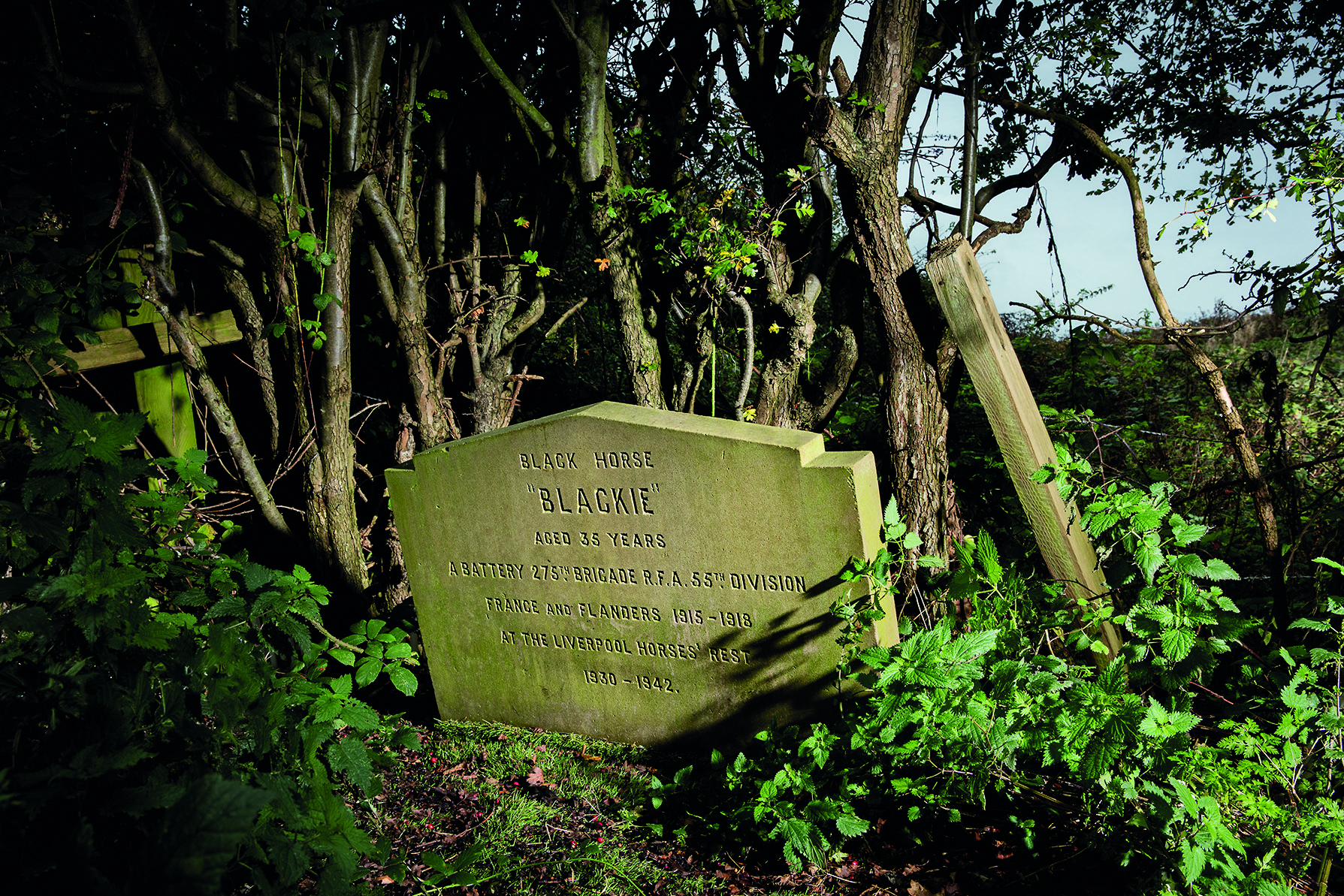
Great Britain’s number one rider Ben Maher won his second Longines Global Champions Tour grand prix of the season in Saint Tropez on Saturday (2 June) riding Winning Good. The Hertfordshire rider pocketed a cool €99,000 in prize-money.
“Winning Good is only nine years old and I’m really lucky with the horses I am riding now,” said Ben, who also won the Madrid leg of the Tour with Explosion W last month. “It has been an amazing season so far.”
In a seven-strong jump-off, Ben and the well-named Dutch-bred horse, charged home to win by nearly a second. This was despite a heart-stopping moment at the second element of the double when the pair had to turn almost inside out to clear the top rail. Winning Good and Explosion W are both owned by Poden Farms.
“I just kept telling myself he is better the more he jumps,” said Ben. “I am very proud to be able to ride these horses. In Madrid everything went to plan. Today nothing went to plan at all, but I had a bit of luck. I knew I had to be quick. I saw my stride a very long way back. I don’t know how he jumped it but my luck was in today.”
Joining Ben on the podium for the traditional champagne shower was second placed Colombian rider Carlos Lopez (Admara 2), who delivered a great challenge from last draw, with Edwina Tops-Alexander third on California. Reigning European champion Peder Fredricson of Sweden took fourth as the only other double clear from first draw riding Hansson WL.
Continued below…
British star hits the £150,000 jackpot with Madrid hat-trick
The British showjumper now sits in second place in the overall Global Champions rankings
You saw them here first — top showjumpers’ baby-faced appearances in Horse & Hound
From John Whitaker to Ben Maher, today’s leading riders didn’t get where they are without appearing on the pages of…
The Superman showjumper with a style all of his own
Meet the nine-year-old stallion with a unique style who has captured hearts
Edwina now heads the LGCT championship race with 154 points overall, with Ben second on 143 points and his team-mate Scott Brash third with 131 points.
As Ben has already secured his spot in the Super Grand Prix in Prague in December — where the winner of every leg of the Tour goes head-to-head for a new end-of-season showdown — the second placed Colombian rider picked up the qualifying place instead.
LGCT president Jan Tops said: “In the [overall] ranking, Edwina has been very consistent. Ben has been fantastic, two times first and Scott is a little bit on the same level. Everything is still possible to the end. With the new Super Grand Prix everyone wants to qualify, and we have some amazing horses and riders already. It is going to be an incredibly prestigious class to win, as is the GCL Super Cup for the teams.”
For all the latest news analysis, competition reports, interviews, features and much more, don’t miss Horse & Hound magazine, on sale every Thursday.
This week’s edition (31 May) is a training special, including a look at the world’s top trainers and whether you should have multiple coaches. Also check out our summer clothing guide, interview with showjumper and recent winner of the Hamburg Derby, Matt Sampson and feature on health problems in miniature horses








































